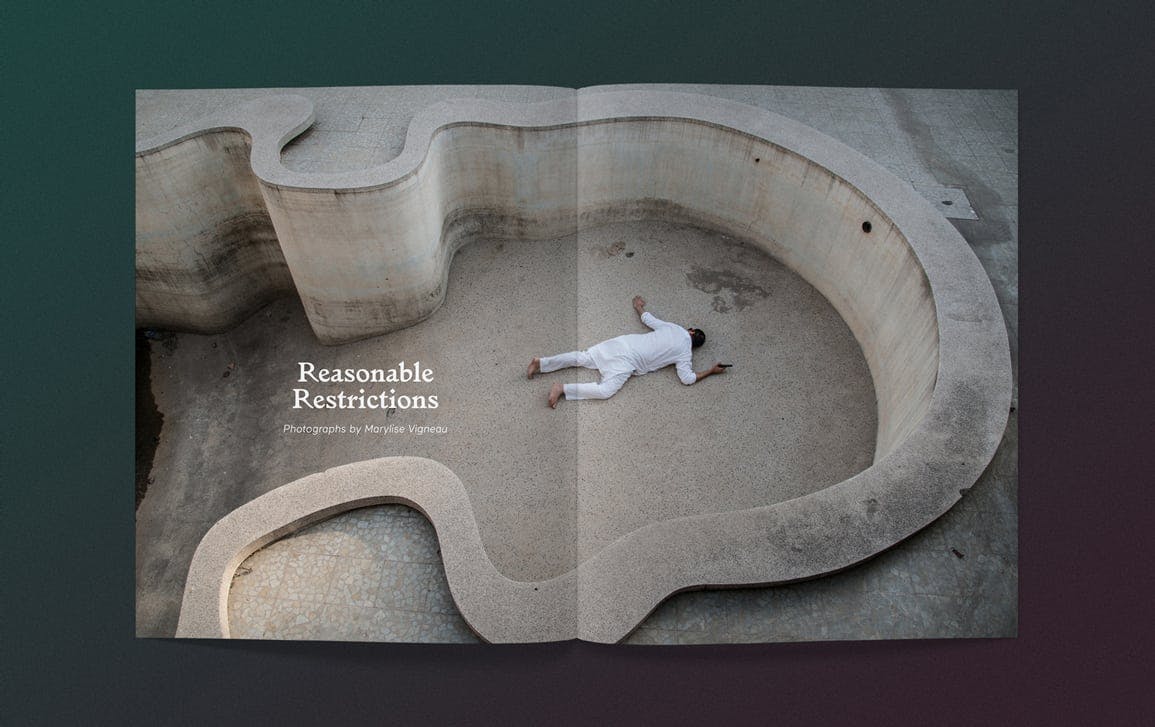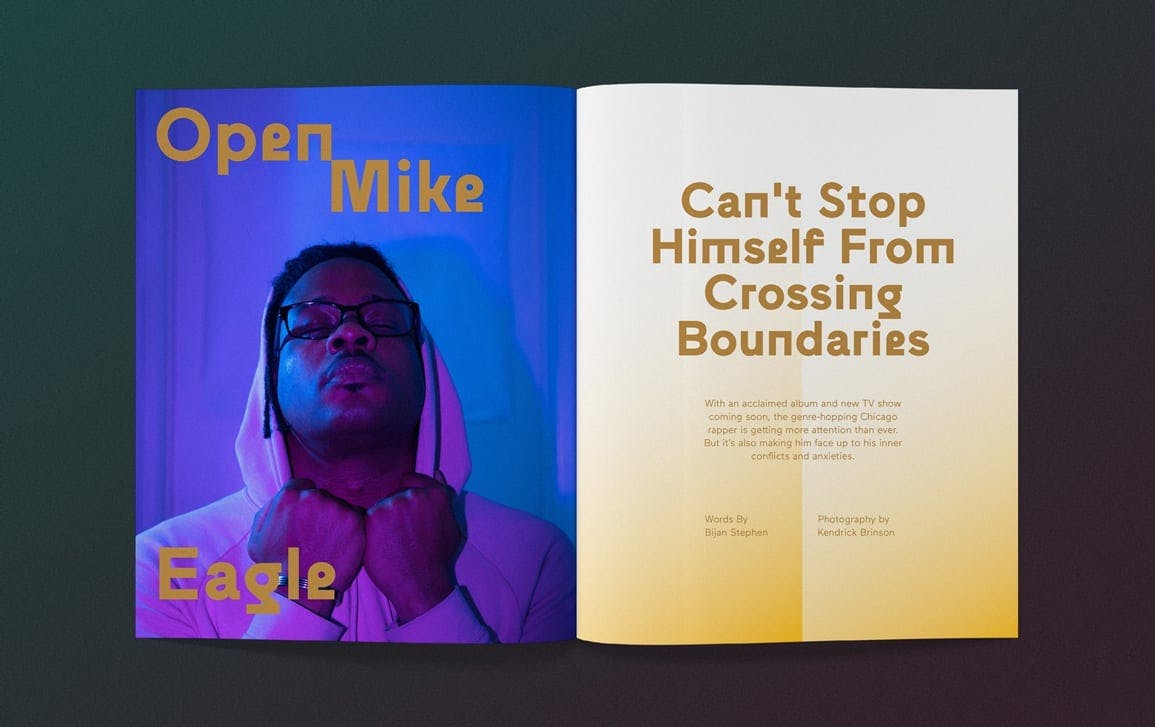Where do you draw the line? Anxy’s Boundaries Issue explores
We sent out the very first issue of Anxy to Stack subscribers, the magazine that openly discusses our inner worlds. Calm rationalisations on anger mollified readers in this first issue, while clear-thinking on workaholism dispelled anxieties in their second. Now, they’re crowdfunding for their third issue on Kickstarter, which examines our personal boundaries and mental health.
Everyone has their own boundaries, the lines we draw to help us feel safe, and define what is okay and what is not. But how did we come to set up these inner perimeters, and what happens when they don’t hold up? We talk to founder and creative director Indhira Rojas to find out more.

Current affairs of late have carried a particularly divisive streak, which makes me wonder what the motive was for the theme of this issue…
The motives for this issue stem from both my own personal journey and observing the conversations and challenges we are facing as a collective. There’s no denying that stories emerging from the #MeToo movement, or the shifting US immigration policies and global refugee crisis bring us to reflect on where our boundaries lie. What’s the impact of our boundaries being crossed? What makes us feel safe, unsafe or overwhelmed with hopelessness and fear? For those of us who have experienced trauma, there’s another level, because we live in a constant negotiation of boundaries. We struggle with discovering where they are, how they need to change, or be defined. Through the Boundaries Issue we want to bring awareness to all these edges and how they affect our inner worlds.
What are some topics the Boundaries Issue explores?
Everyone has a different experience with personal boundaries, yet we rarely stop and look at the reasons we draw the line where we do — let alone share these stories with each other. Issue three of Anxy explores boundaries between family members, friends, couples and strangers alike. We look at boundaries that empower us, like deciding to stay inside of our comfort zones. We also talk about the ways boundaries can limit us, from finding ourselves adhering to uncomfortable social expectations, to wrestling with stigma surrounding mental health.
Can you give us a couple of teasers for some features you’re particularly excited about?
There’s so much! We’ve got a powerful personal essay by Dayna Evans revealing the walls of silence around her mother’s history of trauma; a hilarious piece by Samantha Irby about the endless ways boundaries can give us anxiety (and how our anxiety can create more boundaries); and a tour through a home literally divided by divorce with author Alana Hope Levinson.
We’ve got two big interviews: one with rapper Open Mike Eagle by Bijan Stephen, featuring portraits by Kendrick Brinson (above), and another with artist/photographer Fabiola Jean-Louis by Maaza Mengiste, with gorgeous photos by Aundre Larrow. There’s a brave piece by journalist Eric Reidy on the psychological impact of war on Syrian refugees, plus a harrowing report by an undocumented Mexican immigrant on their near-deportation experience. Our issue wouldn’t be complete without incredible visual interpretations of the theme, including artwork from Merijn Hos, Ruohan Wang, Mike McKenney and Daiana Ruiz.
What have you personally learned about boundaries after doing the issue?
Boundaries are, in essence, our most protective instinct. They stem from our need to survive — emotionally, physically, psychologically, and I would even say spiritually. The personal factors that drive us to make the space we do are complex. That’s why when we don’t have a choice at all in creating that space, or that space is taken from us, it’s devastating. Or, inversely, when we are able to find a space where we feel understood and at ease, it can be so liberating. I learned that our boundaries tell our stories.
What do you hope readers take away from this issue?
We started Anxy Magazine as a space for talking about the personal stories that make us human, as messy and imperfect as we are. We hope our third issue continues to spark similar conversations for our readers, helping us all feel a little less alone, and a little more understood.












